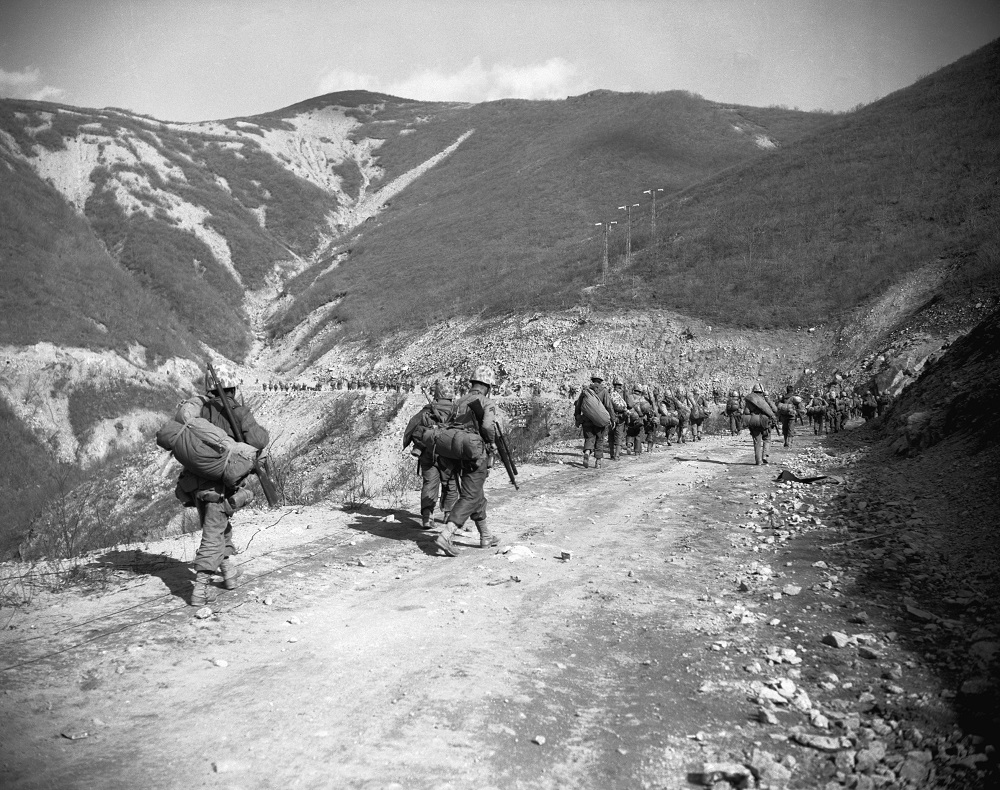Some say that a properly managed retreat is what separates truly great military commanders. Fighting on the back foot is always hard, whether that’s in boxing, wrestling, or leading thousands of soldiers. However, when done correctly a retreat can allow forces to regroup and come back stronger.
Here are 7 brilliant military retreats, in no particular order.
The Dunkirk evacuation

The evacuation of Dunkirk in 1940 is one of the most famous, and largest evacuations in modern military history. With Nazi forces racing through European countries, Britain sent its British Expeditionary Force into France to help stop the German advance. But they were soon pushed back to the beaches of Dunkirk, along with remaining French and Belgian troops.
With the Allies backed up against the sea Germany had the opportunity to completely finish them off, but Hitler ordered his panzer forces to halt their advance. The British used this time to mount the largest sea evacuation in history. The French held off the Germans outside Dunkirk, while Britain assembled a fleet of 900 ships, fishing boats, private boats, ferries, and steamers to move the men back to Britain.
In just nine days the Allies managed to evacuate 338,000 troops from the French coast. The evacuation was so successful that it overshadowed the preceding defeat.
Mao Zedong’s “Long March”
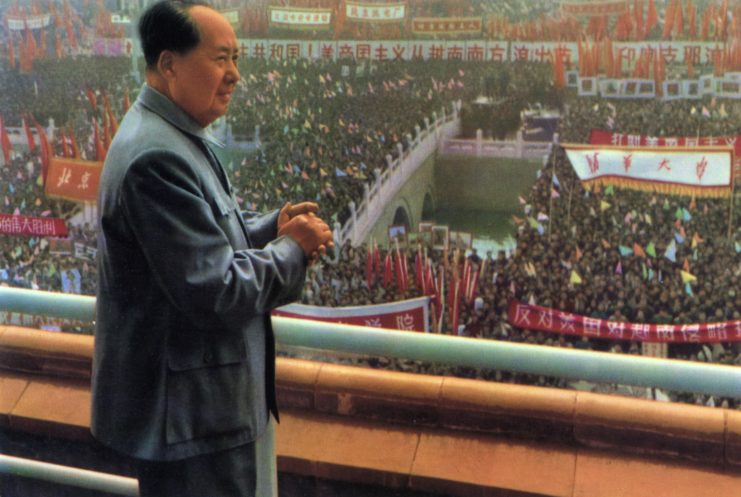
Infamous Chinese revolutionary Mao Zedong used a massive retreat to save Red Army forces and to solidify his position of power.
It happened in 1934 during the Chinese Civil War, after the Red Army of the Chinese Communist Party was nearly annihilated by the Chinese Nationalist Party. Almost 100,000 Red Army troops broke out of an encirclement and headed west and north, traveling 5,600 miles over 370 days. Only around 10 percent survived the ordeal. Mao’s leadership during the Long March helped cement his position in China.
George Washington escapes from New York
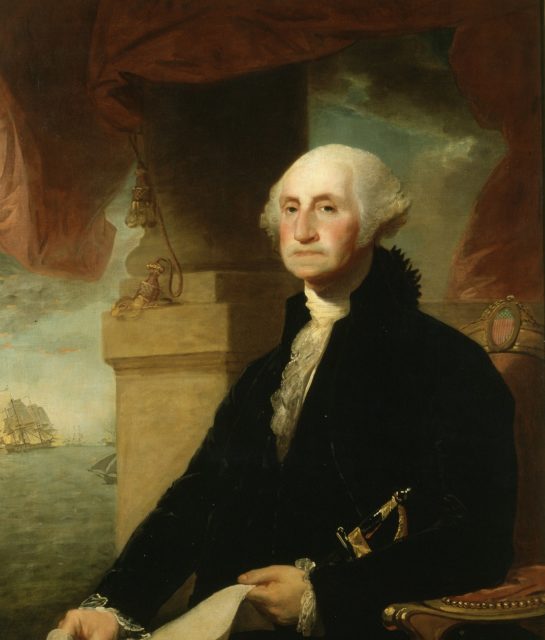
One of President George Washington’s most notable moments came in 1776 during the American Revolutionary War. Just a few months after the Declaration of Independence was signed, George Washington relocated his Continental Army to New York as it was a valuable port.
The British began amassing tens of thousands of soldiers on Staten Island and attacked Long Island, pushing American forces back to the East River. On the night of August 29, Washington mounted a retreat across the river to Manhattan and assembled any flat bottomed boats available, and began ferrying men over the East River in absolute silence.
To hide the retreat from the British, wagon wheels and oars were muffled with rags, and fires were left burning.
With this, Washington was able to move all of his 9,000 men across the river without any losses. Mother nature also played a fortunate part in his retreat. As daytime started to rear its head, a dense fog rolled in, hiding the remaining visages of his well-timed retreat.
Nez Perce War
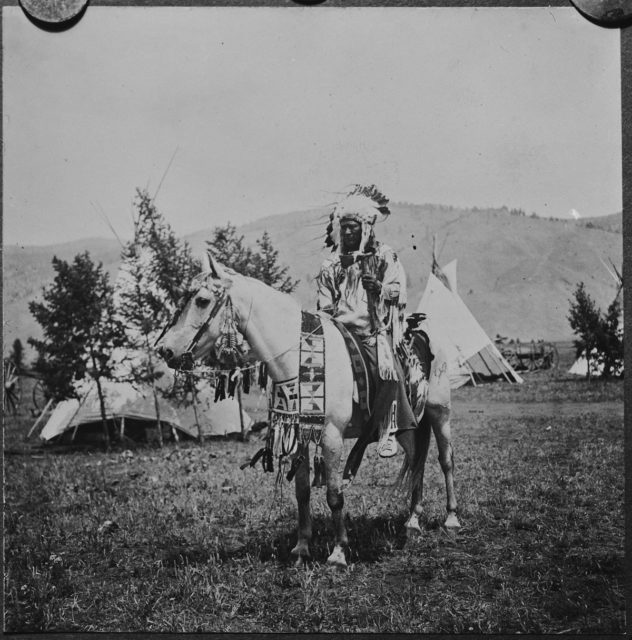
When the indigenous Nez Perce were moved from their ancestral lands in 1877, they begrudgingly did so. However, a small number of angered people from the tribe killed white settlers, forcing the Nez Perce into a confrontation with the US Army.
700 members of the tribe made an epic 1,400-mile retreat through three states, battling the pursuing US Army as they went. The tribe outclassed the US forces in their many engagements but were eventually cornered just 40 miles from the Canadian border after a 15-week chase.
The March of the Ten Thousand
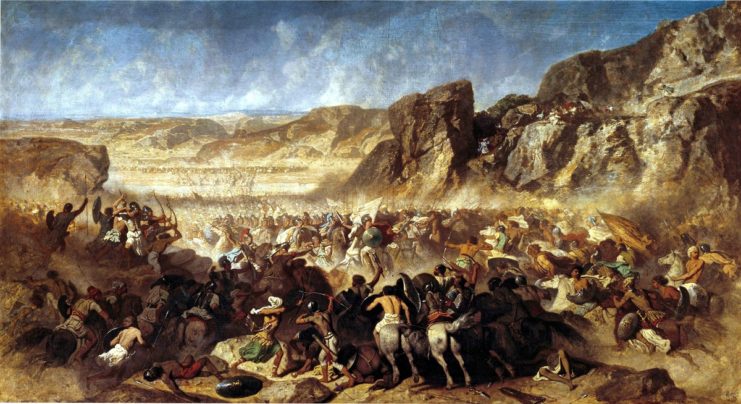
Persian prince Cyrus the Younger hired a group of Greek mercenaries called the Ten Thousand and used them to fight his brother, King Artaxerxes II. At the Battle of Cunaxa in 401 BC, near what is now Baghdad, the Ten Thousand fought hard but were left in enemy territory when Cyrus was killed.
The mercenaries formed a new command structure themselves and fought their way out of Persia, over a 9 month, 1,500-mile retreat. Despite the arduous journey, more than three-quarters of the Ten Thousand managed to return to Greece alive.
U.N. escape from Chosin Reservoir

In 1950, during the Korean War, United Nations forces successfully pushed back North Korea, traveling up the country with the aim of uniting it as one. However, China didn’t want American involvement on their borders, so they secretly sent in an enormous army to support North Korea.
Chinese and UN forces clashed at Chosin Reservoir, with China managing to encircle them. They managed to break out of the encirclement and made a brutal journey in savagely cold temperatures to Hungnam. On the way they fought off the Chinese, inflicting 60,000 casualties. In return, they suffered 17,000.
Evacuation of Gallipoli
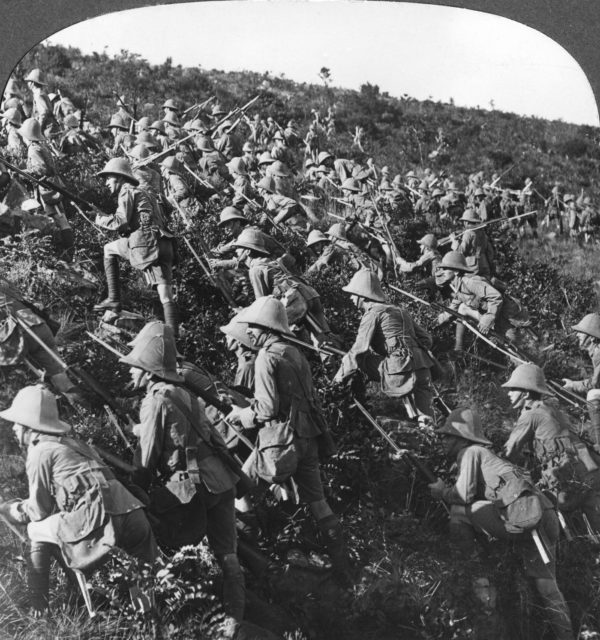
During WWI British, Australian, New Zealand and French forces attempted a large-scale invasion of the Ottoman Empire at the Gallipoli Peninsular in Turkey. Unfortunately for the invaders, the attack almost immediately ground to a halt and devolved into trench warfare.
The Allies began evacuating troops from the failed invasion in December 1915. The evacuation was disguised to dissuade the Ottomans from pursuing them with self-firing guns and fires. Once it was over, 35,000 men had successfully been evacuated.
